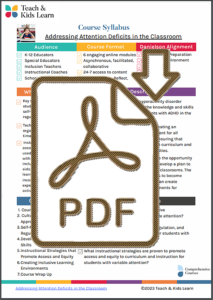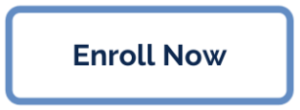Foundations of Early Literacy:
Alphabetics, Grades Prek - 2
Course Description
 |
This course on early literacy will provide educators with the knowledge and skills necessary to effectively teach literacy to young children, especially students with dyslexia, other reading difficulties, and multilingual learners. Educators learn evidence-based practices to scaffold students’ development of letter knowledge, phonological awareness, phonics, and word analysis.
The course provides strategies for providing high-quality literacy instruction, emphasizing equity, and ensuring that all children have the opportunity to develop strong literacy skills. Educators learn techniques for planning, critiquing, and teaching systematic and explicit early literacy lessons. |
Throughout the course, educators will reflect on their teaching practices and develop a plan for implementing effective early literacy instruction in their classrooms. The goal of the course is to empower educators to become confident and competent early literacy teachers prepared to grow successful young readers and writers.
Essential Questions
- What does the research say about learning to read?
- How do asset-focused perceptions of language and neurodiversity support students’ self-concept as readers and writers?
- What rewiring needs to occur in the brain to enable early literacy development?
- What are the evidence-based practices and principles for teaching early literacy skills?
- How does systematic and explicit instruction in early literacy skills enable equitable access to literacy for students with dyslexia?
Course Agenda
|
| Course Syllabus |
|
Comments from Teachers
“I loved watching the model lessons provided throughout the course, and I am looking forward to implementing small group work in my classroom, especially the phoneme blending activity!”
“This class made everything crystal clear, and now I am very confident that I know what good reading instruction should include, how it should be structured, and, more importantly, all the areas where I can have the most impact, as the speech and language therapist to help bridge the phonological, morphemic, syntactic, and semantic gaps my students are facing that are preventing them from becoming strong readers.”
Danielson Teacher Framework Course Alignment


